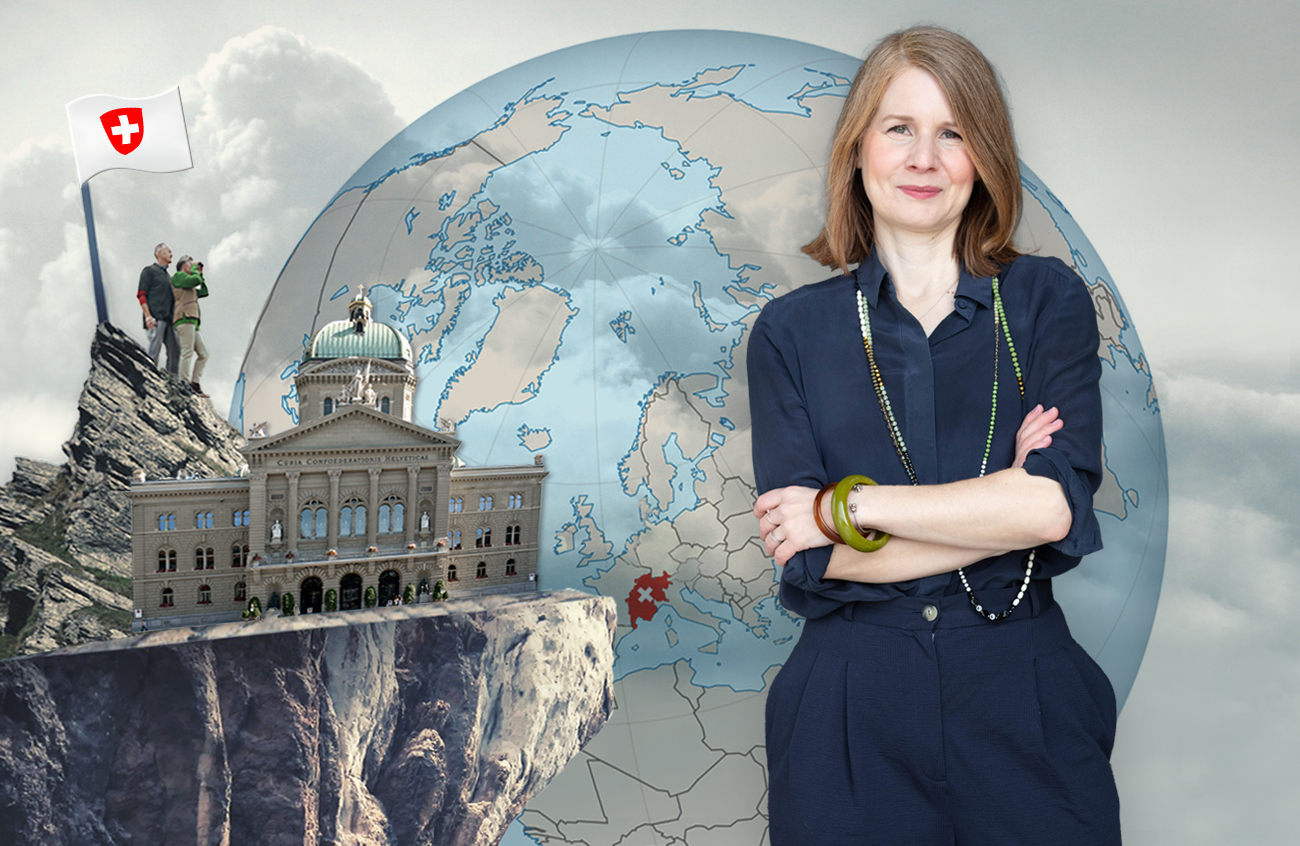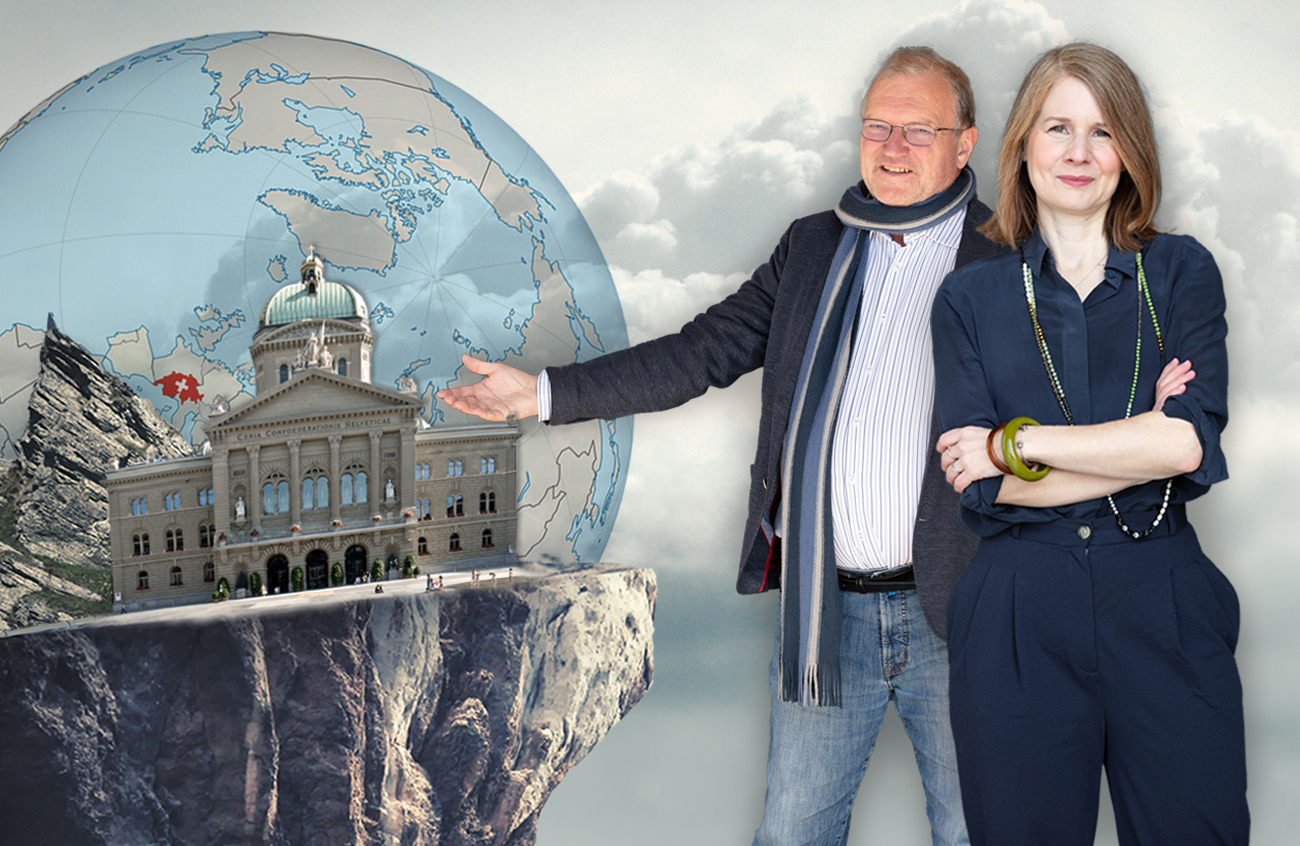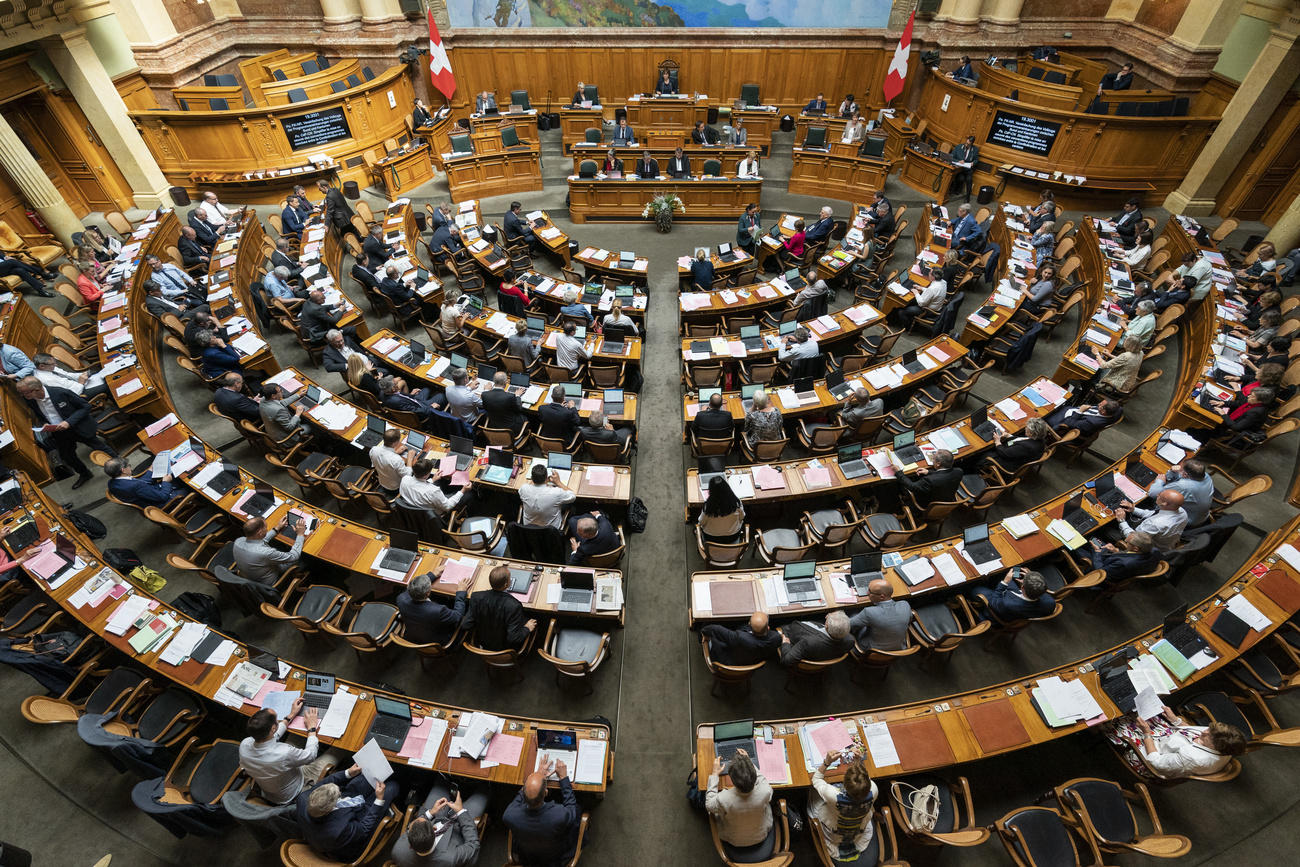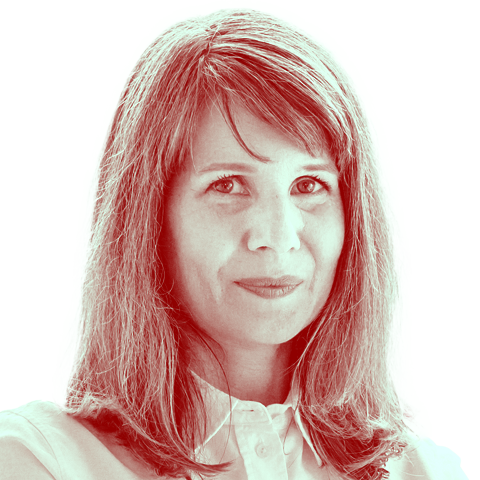How the Swiss Green Party became a force to be reckoned with

The Green Party, which got the greatest share of Swiss Abroad votes in the last federal elections, has a turbulent history. It’s now become an integral part of the domestic political landscape.
In 2019 voters at home and abroad caused a pronounced shift in national politics by electing more representatives from ecological parties than ever before – mostly at the expense of established national parties. The Green Party was the most popular with the Swiss Abroad, capturing 21% of their vote.
At home, the Greens took in 13.2%. Compared to the 2015 elections, this represented a doubling of their success and was a historical high point for the party. Likewise, the other party with “green” in its name, the Green Liberals, made considerable gains in 2019.
These results have been described as the “green wave” in Swiss voting history. In fact the green wave was also a purple wave, as numerous women were swept into parliament, at both cantonal and national levels.
In May, the Green Party celebrated its 40th anniversary. A fitting tribute would have been a multi-coloured birthday cake made from a broad range of ingredients. It would have been a fitting symbol: from the start, the hallmarks of the Green Party have been its power of integration, the diversity of its central concerns, and its very eventful history.

More
Swiss Abroad views: what voting records show
Rising fortunes with ecological concerns
The roots of the Swiss Greens lie in French-speaking Switzerland. In 1979 Daniel Brélaz of canton Vaud became the first representative of a Green party to be elected to any national parliament in the world – and this before there was even such a thing as a national Green Party in Switzerland.
The local associations of like-minded figures who were seen as “green” or “alternative” at the time were a motley crew. They included environmental activists, opponents of nuclear energy, members of the peace movement, friends of grassroots democratic ideals, and feminists – none of whom could agree on a single political line from the start.
World events, however, lent the Greens a helping hand. Dying forests became a major controversy, followed in 1986 by two environmental disasters (the Chernobyl reactor meltdown and the devastating fire at the complex of the pharmaceutical giant Sandoz in Basel), all of which pushed environmental issues to the forefront of public preoccupations in Switzerland.
This new awareness was mirrored in the first significant electoral successes for the new Swiss Green Party in 1983, the same year the party was founded out of a coalition of more moderate supporters.
Although the founding members were largely socially mainstream – albeit motivated by environmental and conservation issues – in the late 1980s and 1990s, as the party grew, left-wing voices became louder.
At the same time the politics of the Social Democratic Party shifted to embrace post-materialist values, whereby the jockeying between the Social Democrats and the Greens became more intense. The 1990s were not an easy decade for the Greens.
Political scientists Sarah Bütikofer and Claude Longchamp are covering the 2023 election year for SWI swissinfo.ch from the perspective of Swiss voters abroad.
In 10 articles, they will look at topics on the horizon that are of particular interest to the Swiss Abroad.
On the one hand, public debates saw ecological issues taking a back seat to social issues and questions about Switzerland’s place in Europe; on the other, the Greens had a tendency to adopt political positions that would later come back to haunt them. For instance, they opposed Switzerland joining the European Economic Area (EEA), despite the Greens in French-speaking Switzerland being in favour, while supporting membership in the European Union. They also launched a referendum against the building of the New Rail Link through the Alps (NRLA) – as a way to mark their opposition to expanding motor transport.
A progressive alliance
It was only in 2003 that the Greens were finally able to make more gains at the national ballot box. But the next storm was already brewing.
In canton Zurich, a group of former and existing members left the Greens to found the Liberal Green Party. Green and liberal – it was a dream combination that the urban middle classes of the noughties had apparently been waiting for. From now on the Greens were faced with two opponents on their home turf: the Social Democrats on the left, and the Liberal Greens on the right.
Since then all three parties have essentially jostled for the same segment of voters. In terms of socio-political and ecological issues, the three make up a de facto progressive alliance. Yet, on the issue of social equality, the Social Democrats and the Greens have more in common than either has with the Liberal Green Party.
Due to their resolute left-wing positions and their exclusion from the governing executive (Federal Council), the Greens frequently play an outsider role. But they also often manage to successfully table their agendas. In the current legislative period, for instance, this has included votes on counter-proposals to the glacier initiative or the law to promote childcare outside the family.
However, due to the balance of power in the House of Representatives, Green parliamentary motions only command a majority when - teamed with their political twin, the Social Democrats, and in tacit progressive alliance with the Liberal Greens – they are able to reach further and attract scattered votes from the political centre.

More
How Switzerland’s parliament has evolved over 50 years
Are the Greens a centralist party?
Although the Greens’ development has not exactly been linear, and although they have gone through highs and lows, over time they have managed to establish themselves as a solid fixture on the Swiss political landscape. Nowadays the Greens are firmly anchored in all the linguistic regions of Switzerland and are a permanent feature in both chambers of parliament and in numerous canton and municipal governments and parliaments, even though they largely represent an urban electorate.
Their resonance extends far beyond the constrained borders of Switzerland – as clearly shown by the fact that the Swiss Abroad disproportionately vote for them.
Together with Werner Seitz, Sarah Bütikofer has edited a book of collected essays on the history and future of the Greens in Switzerland, Die Grünen in der Schweiz: Entwicklung – Wirken – Perspektiven (The Swiss Greens: Development, Impact and Perspectives) will be published in May 2023 in German and French.
Edited by Mark Livingston. Adapted from German by Thomas Skelton-Robinson/gw.

In compliance with the JTI standards
More: SWI swissinfo.ch certified by the Journalism Trust Initiative









You can find an overview of ongoing debates with our journalists here . Please join us!
If you want to start a conversation about a topic raised in this article or want to report factual errors, email us at english@swissinfo.ch.